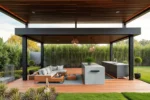Creating a comfortable and stylish outdoor space begins with selecting the right pavilion, a decision that can transform your backyard into a personal retreat or lively gathering spot. Whether you’re new to outdoor living or looking to upgrade your current setup, understanding the key features and options will help you make a choice that fits your lifestyle and enhances your home’s charm.
In this article, you’ll discover practical tips on size, materials, and design styles to match your space and needs, along with maintenance advice to keep your pavilion looking great for years. By the end, you’ll feel confident in choosing a pavilion that not only complements your backyard but also invites more time spent enjoying the outdoors.
Assess Your Backyard Space
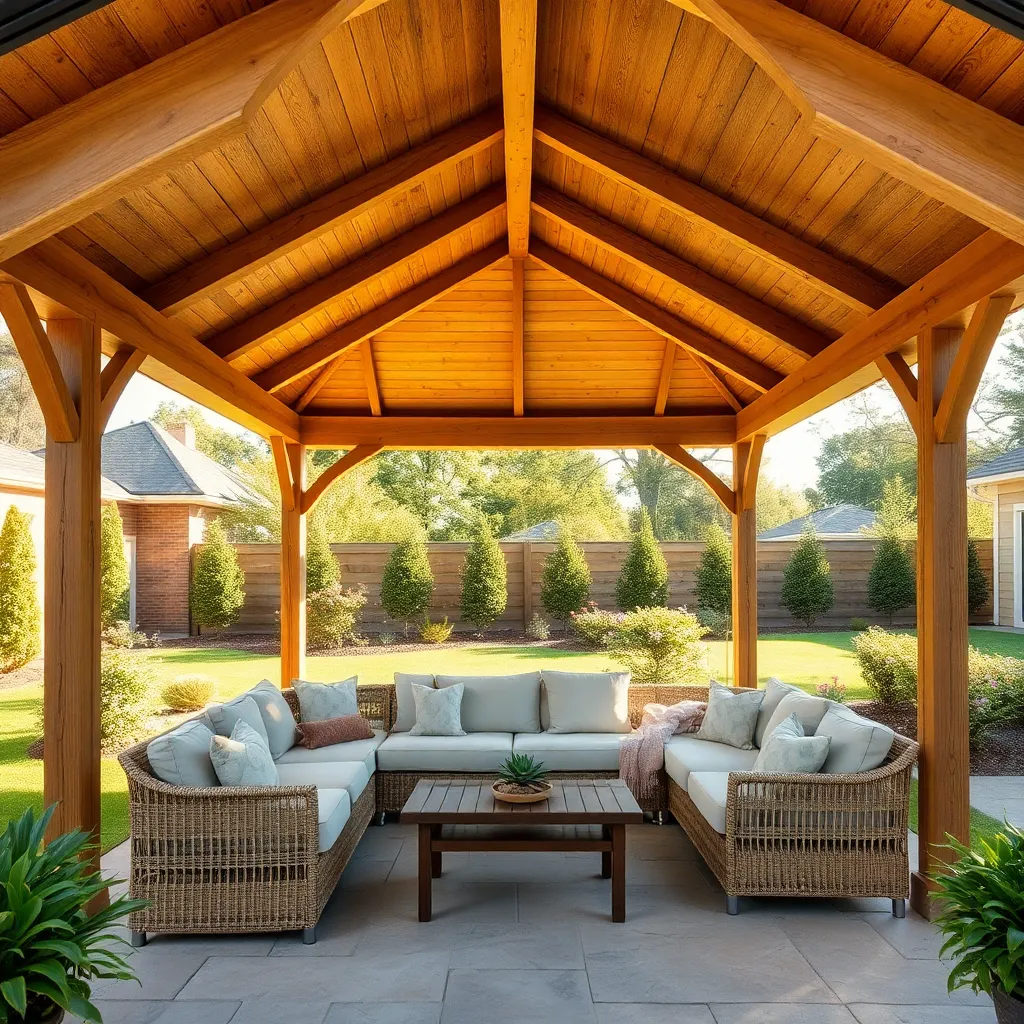
Begin by measuring your backyard area accurately to determine the available space for your pavilion. Consider leaving at least 3-5 feet of clearance around the structure for comfortable movement and landscaping. Note existing features like trees, slopes, and utilities to avoid costly adjustments during construction and to help decide whether a wood, aluminum, or vinyl pavilion frame suits your terrain.
Next, evaluate your backyard’s sunlight, wind exposure, and drainage to select the right pavilion design and materials. For example, if your yard faces strong sun, opt for a pavilion with UV-resistant roofing materials such as polycarbonate panels or metal with a reflective coating. Additionally, ensure the foundation uses permeable pavers or gravel bases to manage water runoff effectively and maintain structural integrity over time.
Identify Desired Pavilion Functions
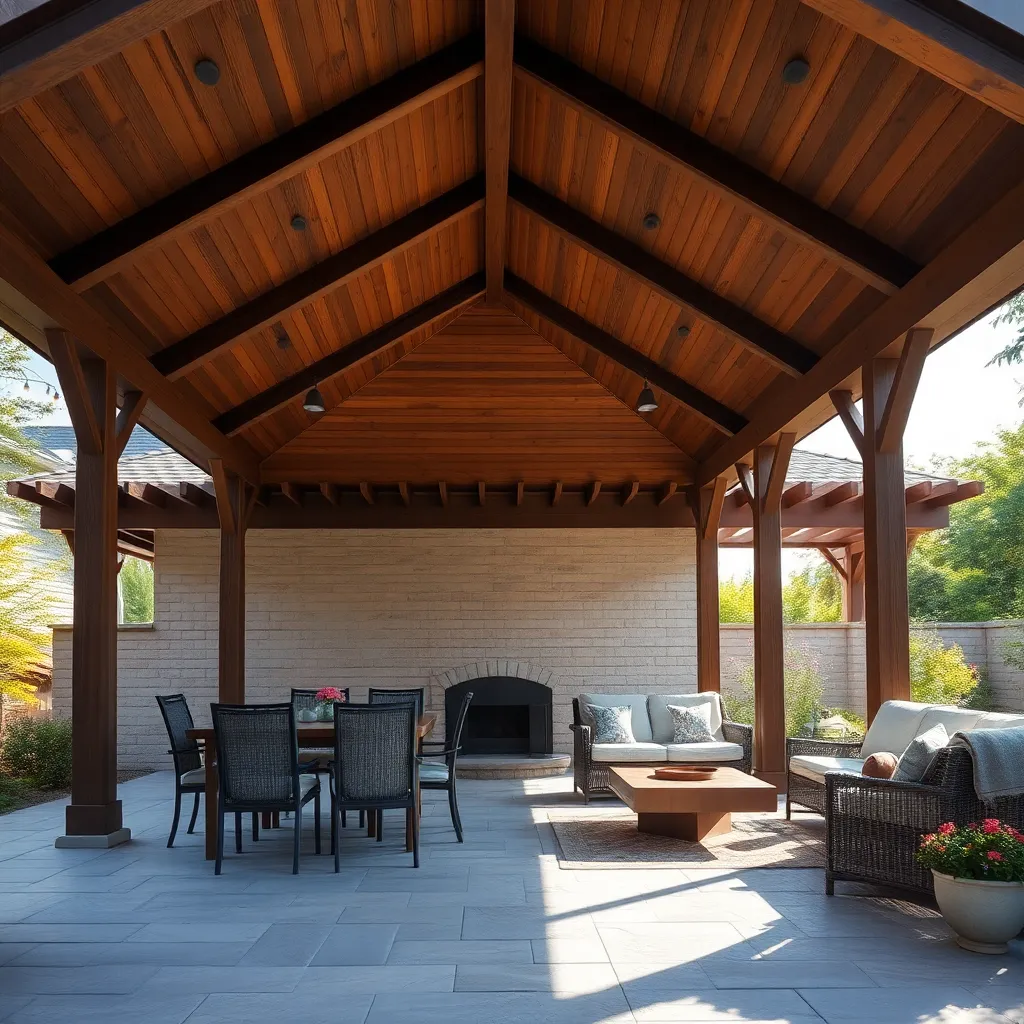
Start by defining the primary use of your pavilion to ensure it meets your needs effectively. Whether you want a space for dining, entertaining, or relaxation, consider dimensions that comfortably accommodate your typical number of guests, such as a minimum of 12×16 feet for small gatherings. Incorporate features like built-in seating or adjustable louvers for shade and airflow, which enhance comfort and functionality.
Next, think about the materials and design elements that support your pavilion’s purpose. For example, durable materials like cedar or aluminum offer low maintenance and weather resistance, ideal for year-round use. If you plan to add lighting or fans, ensure the structure includes proper wiring channels and mounting points to simplify installation and future upgrades.
Compare Pavilion Styles and Materials
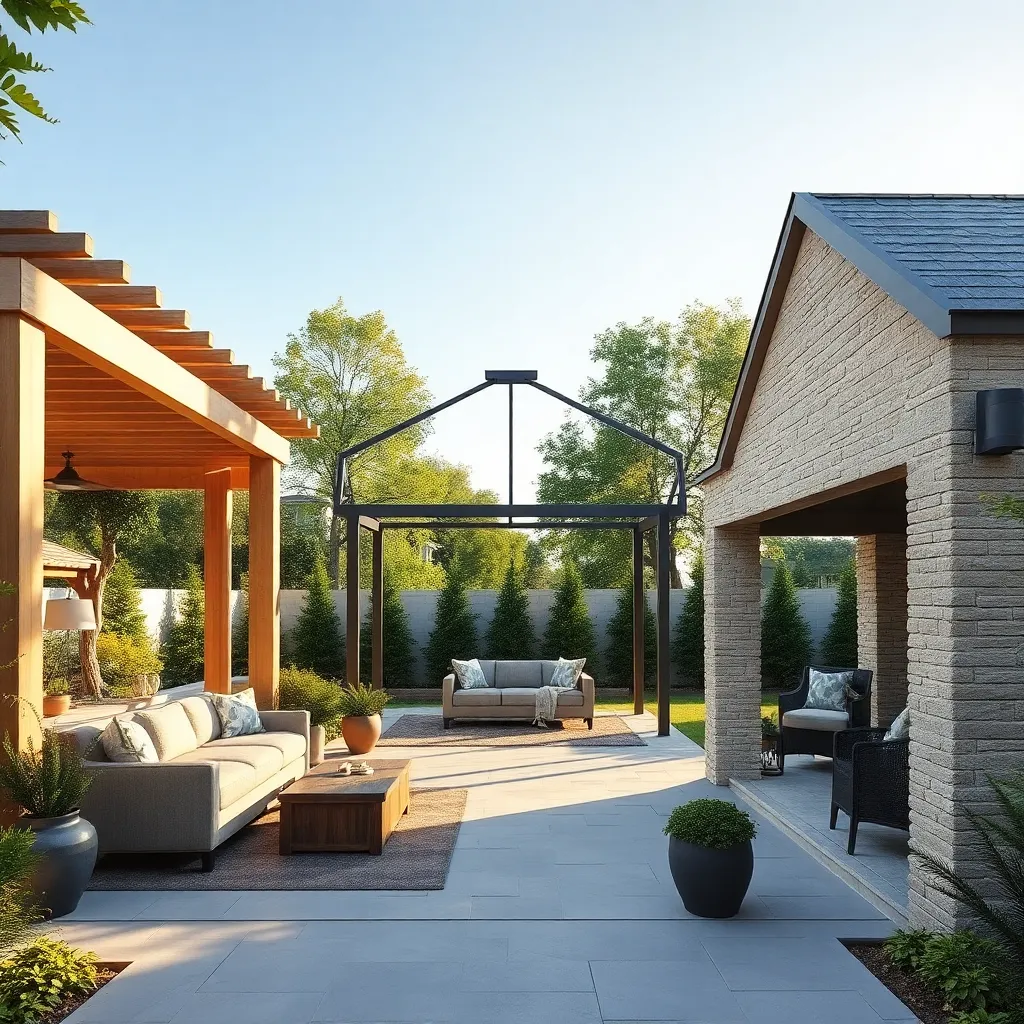
When comparing pavilion styles, consider whether you want a traditional gable roof, a hip roof, or an open-air pergola design. Gable roofs offer excellent rain runoff and extra headroom, making them ideal for larger gatherings, while hip roofs provide more stability in windy areas. For materials, wood offers a classic look and natural insulation, but requires regular maintenance; aluminum and steel are low-maintenance, weather-resistant options suited for busy homeowners.
To ensure your pavilion lasts and fits your space, pay attention to dimensions and foundation needs. A 12×12-foot footprint is a versatile starting size, but larger or custom dimensions may be needed depending on usage. For construction, anchoring your pavilion with concrete footings enhances durability, especially in regions with fluctuating weather. Incorporate design elements like screened walls or retractable curtains for added comfort and protection from insects.
Set Budget and Prioritize Features
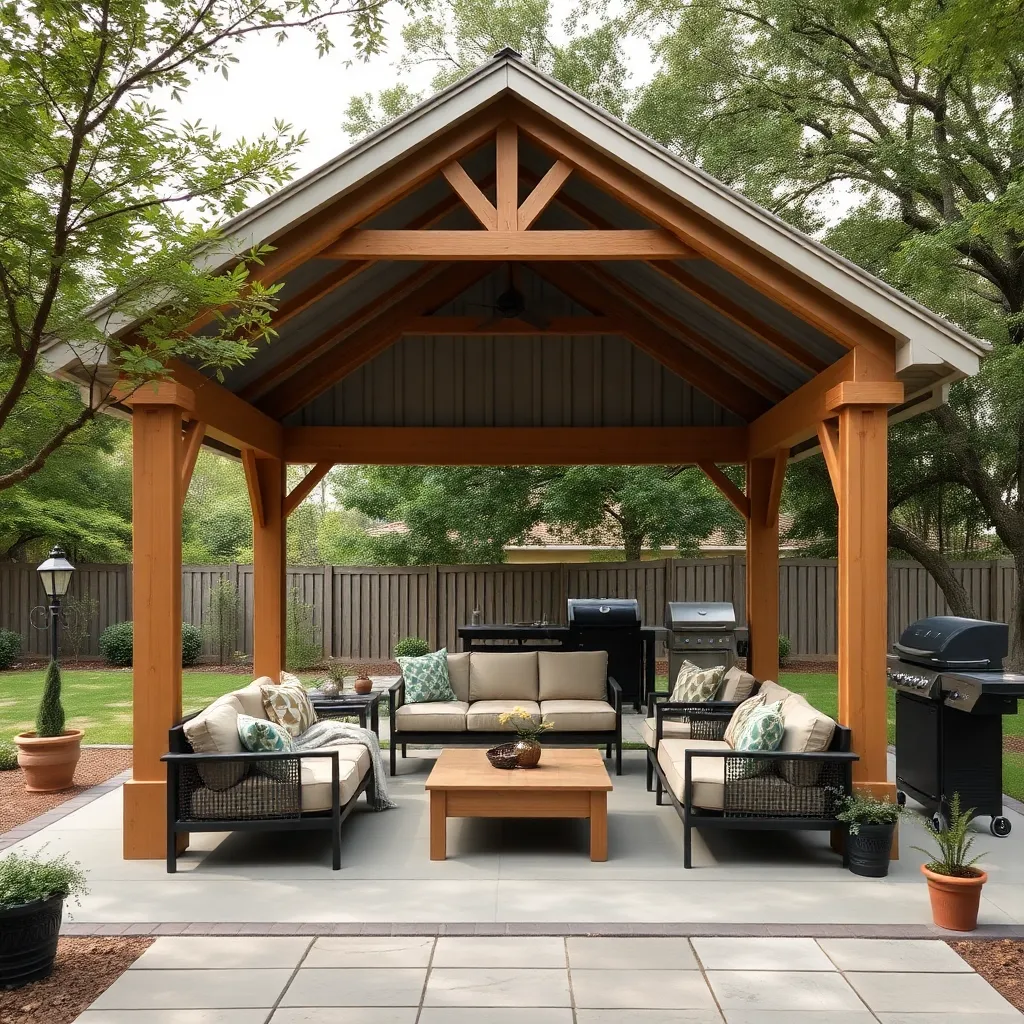
Start by setting a clear budget that reflects both your financial limits and desired pavilion size—typical backyard pavilions range from 150 to 400 square feet. Prioritize materials like cedar or aluminum for durability and low maintenance, which can impact cost but save money over time. Consider allocating funds for essential features like weather-resistant roofing, built-in seating, or lighting to enhance usability without overspending.
Next, make a list of must-have features versus nice-to-haves to guide your choices and avoid costly upgrades later. For example, decide if you want open sides for airflow or screened walls for insect protection, and choose construction methods like post-and-beam for easier customization. This practical approach keeps your project manageable and ensures your pavilion meets your lifestyle needs perfectly.
Evaluate Local Regulations and Permits
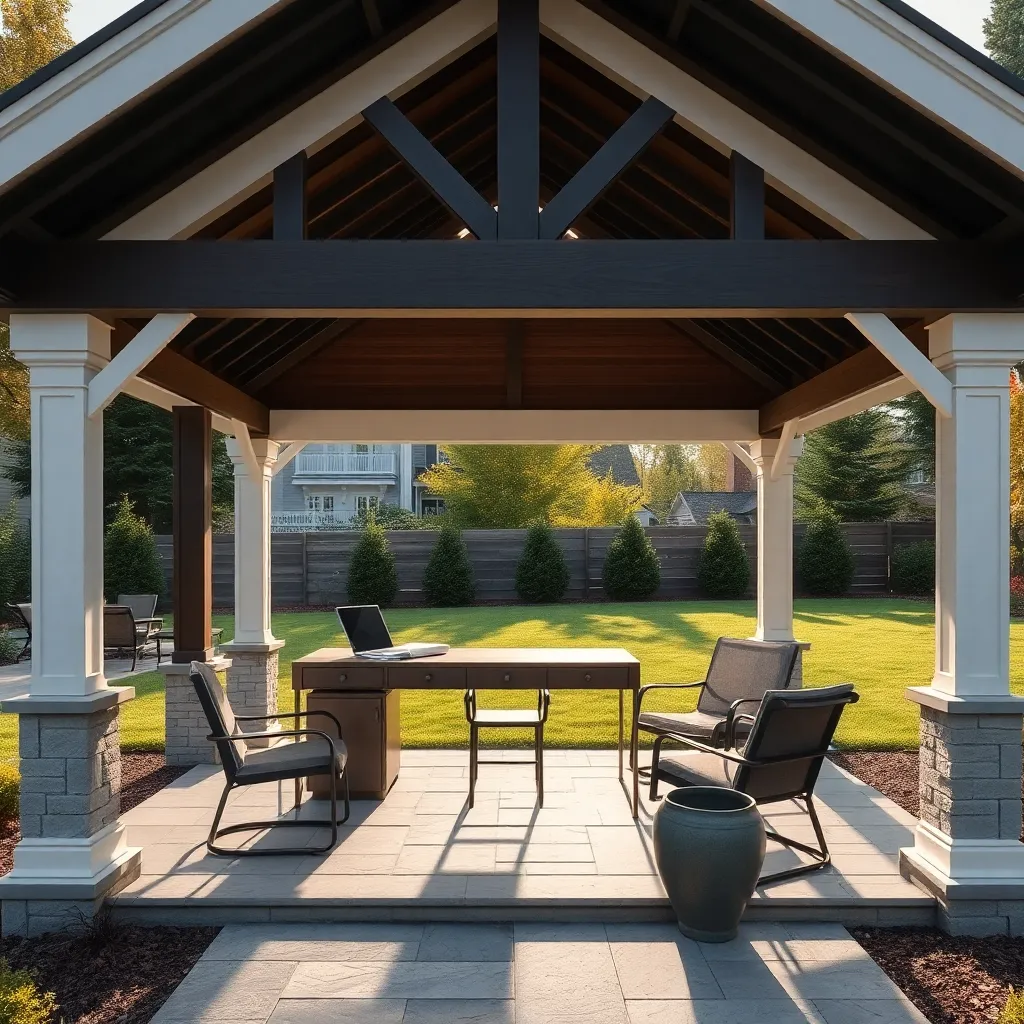
Before purchasing or building a pavilion, check your local zoning laws and building codes to understand permit requirements and any restrictions on size, height, or materials. Many areas require a permit for structures over 100 square feet, so measuring your planned pavilion carefully and consulting your municipality’s website can save time and avoid fines.
Consider materials and design elements that comply with safety standards, such as using pressure-treated wood or metal frames approved for outdoor use. If you aim for a larger pavilion with features like built-in seating or electrical wiring, obtaining the proper permits ensures your project meets regulations and protects your investment long-term.
Conclusion: Creating Beautiful Outdoor Spaces
Choosing the right pavilion for your backyard is more than just a design decision—it’s about creating a shared space that nurtures connection and joy. We explored five key concepts: understanding your shared needs, balancing style with functionality, considering durability for lasting memories, involving everyone in the decision, and planning for future growth together. Now, take a moment today to list what you and your loved ones want most from your pavilion—comfort, entertainment, or relaxation—and start envisioning that perfect spot.
Remember to save or bookmark this article so you can revisit these tips as your backyard oasis takes shape. By thoughtfully choosing a pavilion that reflects your unique relationship, you’re laying the foundation for countless memorable moments together. Embrace this journey with confidence, knowing that every step you take brings you closer to a space where your relationship can flourish and grow. Here’s to building not just a beautiful backyard, but a stronger, happier connection for years to come!



